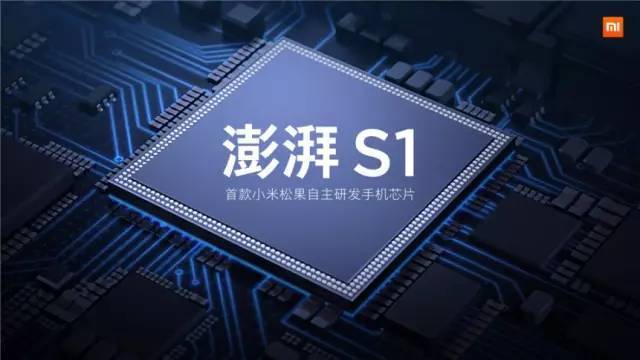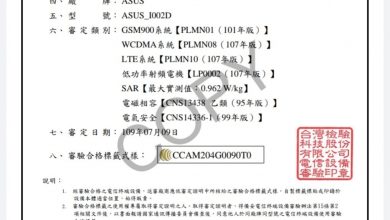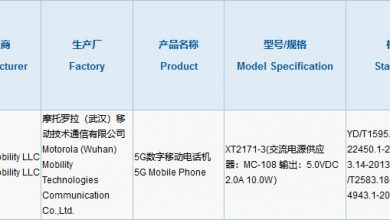Xiaomi has just officially unveiled its first in-house Surge S1 processor, which is powered by TSMC’s 28nm process technology. But now there is news that Xiaomi’s second in-house processor, the Surge S2, is about to enter mass production.
At present, the Xiaomi Surge S2 has finished its sample test and is said to use TSMC’s 16nm process technology. The Surge S2, which is expected to be an octa-core SoC with eight high-performance ARM Cortex A53 cores, is estimated to be released into mass production in the third quarter of 2017 and be launched together with Xiaomi’s new smartphone in the fourth quarter of 2017. At present, the Xiaomi Mi 6S or the Xiaomi Mi 6C is most likely to be powered by the Surge S2.
As Qualcomm, MediaTek, and Samsung have positively adopted 10nm process technology for their products, Xiaomi still adopts the 16nm process for the Surge S2. People infer that there are two reasons why the S2 doesn’t use 10nm process technology. One of the reasons is that TSMC’s 10nm process must be focused on producing the new iPhone’s A11 processor, so TSMC has no time to deal with Xiaomi’s Surge S2. The other reason is that the current 10nm process’s cost is high, which is not easy for a new manufacturer in the chip field like Xiaomi to afford.
The Surge S2 process technology is really lagging behind compared to the 10 nm process. But after all, Xiaomi has just entered the field of new chips, and upgrading chips twice a year is a new challenge for Xiaomi. Moreover, the chip’s process technology has been upgraded compared to the Surge S1.






